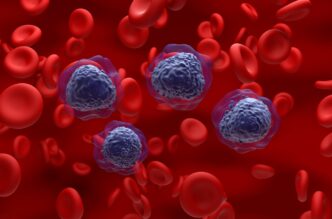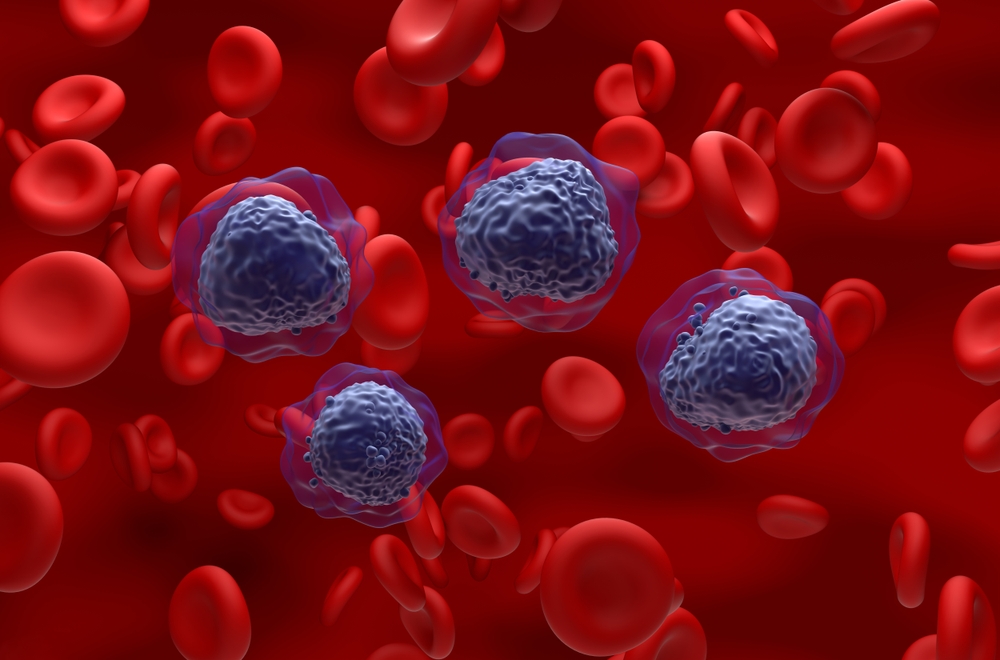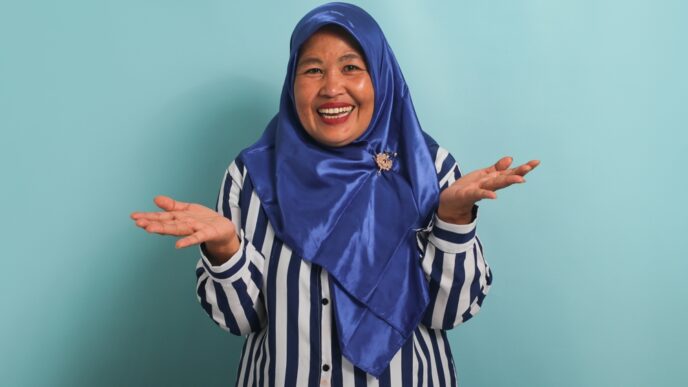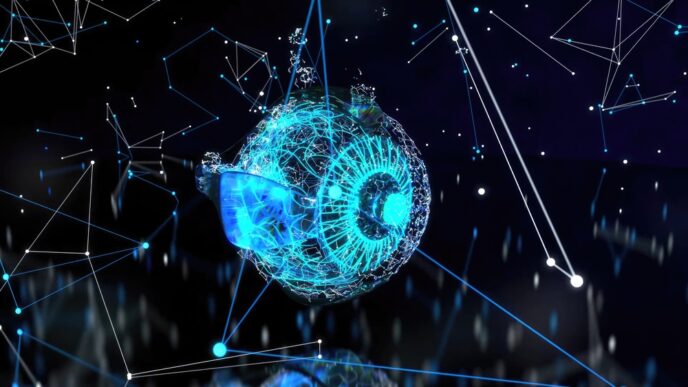Chronic myeloid leukemia (CML) is a rare blood cancer that develops slowly, often with subtle early symptoms. Advances in treatment have transformed it from a deadly disease into a manageable condition for many. Understanding its signs, therapies, and the experiences of those affected can empower patients and their loved ones on this challenging journey.
WORDS LIM TECK CHOON
 FEATURED EXPERT FEATURED EXPERTDATO’ DR CHANG KIAN MENG Consultant Haematologist and Transplant Physician Sunway Medical Centre |
WHAT IS CHRONIC MYELOID LEUKEMIA (CML)?
Leukemia is a type of blood cancer that starts in the bone marrow, where blood cells are made. It causes abnormal blood cells to grow out of control, crowding out healthy cells.
- Chronic myeloid leukemia (CML) is one subtype of leukemia, affecting a specific kind of white blood cell.
- It affects the myeloid cells, which are the white blood cells responsible for fighting infections and forming other blood components like red blood cells and platelets.
- As the word “chronic” in its name would suggest, CML usually progresses slowly over time.
“In Malaysia, there are 300 to 400 new cases of CML reported annually, though the actual number may be higher due to under-reporting, especially among older patients,” shared Dato’ Dr Chang Kian Meng.
WHAT COULD BE THE CAUSE FOR CML?
One likely reason is prolonged exposure to high doses of radiation.
“Apart from that, the exact reason why some people develop it and others don’t, remain unclear,” Dato’ Dr Chang tells us.
GOOD NEWS: ENCOURAGING OUTLOOK
A few decades ago, the average survival rate of someone with CML was only 3 to 4 years.
Fortunately, advances in treatment means that these days, many people with CML can live 20 years or more, as long as they receive the right treatment.
Najha Johari’s story is a reflection of this.
Najha’s Journey: From Fear to Advocacy
About ten years ago, Najha Johari experienced bruises in odd places as well as weight loss and constant fatigue.
“I lost 10kg in just two months, and I was so tired. Once, I even fell asleep in my car while waiting at a traffic light!” she recalls.
She finally visited a hospital when she experienced breathlessness and discovered a hard lump in her abdomen.
- The subsequent medical check revealed that she had an enlarged spleen.
- Blood tests and a bone marrow biopsy confirmed that she had CML.
“When I heard the diagnosis, I was very emotional and fearful,” she shares. “I even sought a second opinion, but within just hours my white blood cell count had surged extensively— from 268,000 to 280,000 cells per ml of blood!”
- The blood count was more than 25 times higher than the normal range.
- The doctor hence told Najha that delaying treatment by even a day could put her at risk of a stroke!
“Once I got past the denial, I was ready to start treatment right away,” Najha tells us further.
HOW CML IS TREATED
CML treatment revolves around the use of tyrosine kinase inhibitors (TKIs), which are targeted medications that are already in use for over 20 years.
- TKIs block the action of a specific protein called a tyrosine kinase.
- Tyrosine kinase acts as a signal for myeloid cells to keep dividing quickly and uncontrollably.
- By stopping the action of this protein, TKIs therefore help to slow or stop the cancer cells from multiplying.
“There are several types of TKIs, each with their own benefits and side effects,” Dato’ Dr Chang says.
“Choosing the right one depends on many factors, such as the patient’s age, overall health, and any other medical conditions.”
Mealtime Adjustments Needed
Someone on TKIs will have to adhere to a treatment plan that requires mealtime adjustments and taking their medications at the correct time.
- TKIs are absorbed into the bloodstream from the gut, and food can interfere with how much of the medication is actually absorbed by the body.
- Taking TKIs on a partially full stomach can reduce absorption, causing less of the medication to reach the blood and the cancer cells,
- TKIs are usually taken after about 2 hours after fasting, to ensure that the stomach is mostly empty, so the medication works as effectively as possible.
- Some TKIs also have specific instructions about food because certain foods can interfere with the enzymes that break down these TKIs.
Najha shares that, every day, she fasts for at least 2 hours before taking her tablets at 6am and 6pm.
“I plan my meals carefully so I can still eat dinner with my family without compromising treatment,” she elaborates.
Reflecting on her journey, Najha remembers the loneliness she first felt. “At first, it seemed like no one understood what I was going through. Meeting other patients from Max Family Society Malaysia was such a relief. Now, I want to give back by supporting new patients who are scared and looking for reliable information.”
She has also made lifestyle changes, exercising more to reduce cardiovascular risk and staying positive with the help of her family.
Side Effects
While treatment brought relief, it also came with challenges.
Najha shares that she initially experienced:
- Bone pain
- Dull skin
- Hair loss
“At first, I had bone pain, dull skin, and hair loss. Over time, things improved, but it made me even more determined to one day be treatment-free,” she further says.
There are other possible side effects of TKI use, such as
- Fatigue or feeling unusually tired or weak
- Nausea or vomiting
- Diarrhoea or digestive upset
- Swelling in ankles, legs, or around the eyes
- Muscle or joint pain
- Rashes, dryness, or darker skin
They may also cause changes to the liver, heart, and/or blood pressure.
Therefore, while TKIs are generally well-tolerated, long-term use of TKIs will need to be monitored by the oncologist for potential side effects and complications.
|
TREATMENT ENDGAME: REMISSION
For patients like Najha, the ultimate goal of their treatment is treatment-free remission (TFR).
- TFR is a stage where they can safely stop taking daily medication while the disease still stays under control.
- When they achieve TFR, they can lead a more flexible lifestyle schedule once again.
- However, their doctor will continue to monitor their health closely.
“TFR emission does not mean a cure,” cautions Dato’ Dr Chang.
- TFR means that the patient has achieved stable and consistently low blood test results for at least 3 years.
- Dato’ Dr Chang shares that these days, about 50% of CML patients on TKIs reach the milestones needed to attempt TFR.
Today, almost 10 years on, Najha’s perseverance is paying off.
“My test results have been stable for more than 2 years, and I’ve been placed on the TFR waiting list at my government hospital,” she says with quiet pride.
| This article is part of our series on the facts of cancer, treatment options, and latest innovations in diagnosis and treatment of cancer. |













